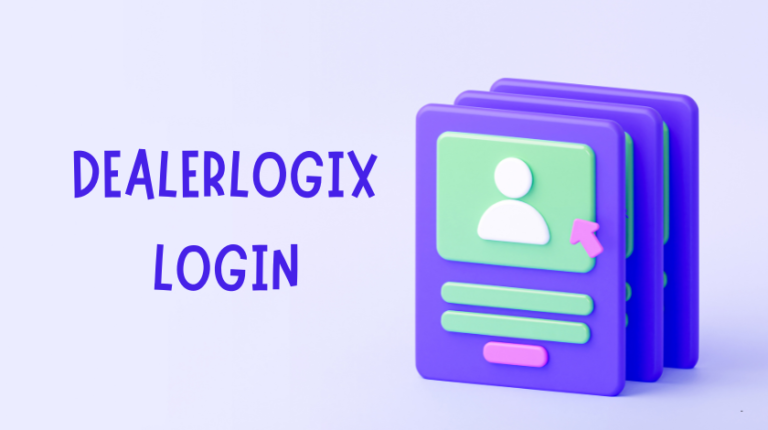
If you’ve ever served in the Navy or worked closely with its training programs, you’ve probably heard the term CeTARS. For many sailors, it’s one of those systems you log into because you have to — but few people really understand how it works, why it exists, or how to make the most of it.
In this guide, I’ll break CeTARS down in plain English. We’ll cover what it is, why it matters, how to use it, and how it affects the day-to-day lives of sailors, instructors, and administrators. I’ll also share practical tips, examples, and a few personal insights along the way.
What is CeTARS?
CeTARS stands for Corporate Enterprise Training Activity Resource System. It’s the official U.S. Navy system that tracks training programs, manages school quotas, and keeps a record of every sailor’s professional education history.
Think of CeTARS as the Navy’s “master schedule” for training. Whether it’s a new recruit heading to boot camp, an experienced sailor going to advanced “C-school,” or an officer updating mandatory training, CeTARS is involved.
Key Functions of CeTARS
-
Scheduling: Tracks course availability, start dates, and locations.
-
Student Records: Maintains each sailor’s training history and completions.
-
Quotas: Allocates seats in high-demand schools and training programs.
-
Reporting: Provides data to commanders and training managers for manpower planning.
-
Compliance: Ensures sailors meet career progression requirements.
Why CeTARS Matters
CeTARS might seem like “just another military database,” but it plays a crucial role in readiness. If the system didn’t exist, the Navy would have no efficient way to manage training for hundreds of thousands of sailors worldwide.
Here’s why it matters:
-
Career Development:
CeTARS ensures sailors get the training they need for promotions and qualifications. Missing a required course can delay advancement — which can impact pay, benefits, and career progression. -
Operational Readiness:
Trained sailors mean capable ships, squadrons, and units. CeTARS helps make sure the right person with the right skills is in the right place at the right time. -
Accountability:
Leaders can track whether their sailors are completing training on schedule. It keeps everyone accountable and avoids last-minute scrambles.
My First Experience With CeTARS
When I first heard about CeTARS, I assumed it was just another online portal like Navy e-Learning. I quickly learned it was much more complicated.
My first time using CeTARS was when I needed to confirm my seat in a technical school. I remember staring at the login page, thinking, “This looks like a system built in the early 2000s” — and honestly, it kind of is. But once I got past the interface, I realized how much valuable information it holds.
For example, I could see my upcoming class date, the course length, and even details like uniform requirements and reporting instructions. That saved me a lot of last-minute guesswork.
How CeTARS Works (Step-By-Step)
If you’re new to CeTARS, here’s a simplified overview of how it typically works:
1. Logging In
You’ll usually log in using your CAC (Common Access Card) through a secure DoD portal.
2. Navigating the Dashboard
Once inside, you can search for:
-
Training schedules
-
Course descriptions
-
Available quotas
3. Managing Training Quotas
Training managers use CeTARS to request quotas (seats) for their sailors. The system processes these requests and allocates seats based on priority and availability.
4. Student Tracking
After a sailor attends a course, completion data is entered into CeTARS. This updates their training record, which can be pulled later for evaluations or audits.
Who Uses CeTARS?
CeTARS isn’t just for sailors. Here’s who interacts with it regularly:
-
Training Officers – Manage school requests, track completion rates.
-
Command Career Counselors – Help sailors plan their training pipelines.
-
Sailors and Students – Check their own training status.
-
Administrators – Maintain course data and schedules.
-
Command Leadership – Use CeTARS reports for manpower planning.
Tips for Using CeTARS Effectively
Here are a few lessons I learned (sometimes the hard way):
-
Log in early and often. Don’t wait until the last minute to check your training schedule.
-
Double-check quotas. Make sure your quota request actually went through — sometimes they can get stuck in the system.
-
Save copies of everything. Print or screenshot confirmation pages for your records.
-
Ask for help. If you get lost, your Training Officer or CCC probably knows the system inside and out.
Common Issues (and How to Fix Them)
Like any large military IT system, CeTARS isn’t perfect. Here are some common frustrations and what you can do about them:
-
Login problems: Make sure your CAC is updated and you’re using the correct browser (Internet Explorer used to be required; now Edge/Chrome usually work).
-
Quota denials: Work with your chain of command to request higher priority if your course is mission-critical.
-
Data errors: If your training completion isn’t showing, ask the schoolhouse or training department to verify it was entered correctly.
Best Practices for Training Officers
If you’re a Training Officer or CCC, CeTARS can be a powerful tool when used correctly. Here are some best practices:
-
Run regular reports to catch overdue training early.
-
Maintain a “training tracker” spreadsheet synced with CeTARS data.
-
Build relationships with quota control managers — they can help if you need urgent seats.
-
Teach sailors how to use CeTARS themselves, so they take ownership of their careers.
Why CeTARS Can Be Frustrating
Let’s be honest: CeTARS can feel clunky and outdated. Navigation isn’t intuitive, and error messages aren’t always clear. But that’s the trade-off of working with a system designed for an entire branch of the military.
One positive spin: once you get comfortable with it, you’ll appreciate how much information it consolidates in one place.
The Future of CeTARS
The Navy has been working to modernize its training systems. Over time, we can expect CeTARS to integrate more seamlessly with other systems like NSIPS (Navy Standard Integrated Personnel System) and e-Learning platforms.
The end goal? A more streamlined experience for sailors that reduces duplicate data entry and improves readiness.
Conclusion: My Takeaway
CeTARS might not be flashy, but it’s one of the most important tools for managing a sailor’s career. Once you understand how it works, it becomes less of a headache and more of a helpful resource.
My advice: don’t ignore it. Log in regularly, learn its quirks, and use it to stay ahead in your training pipeline. The better you manage your own training, the smoother your career progression will be.






